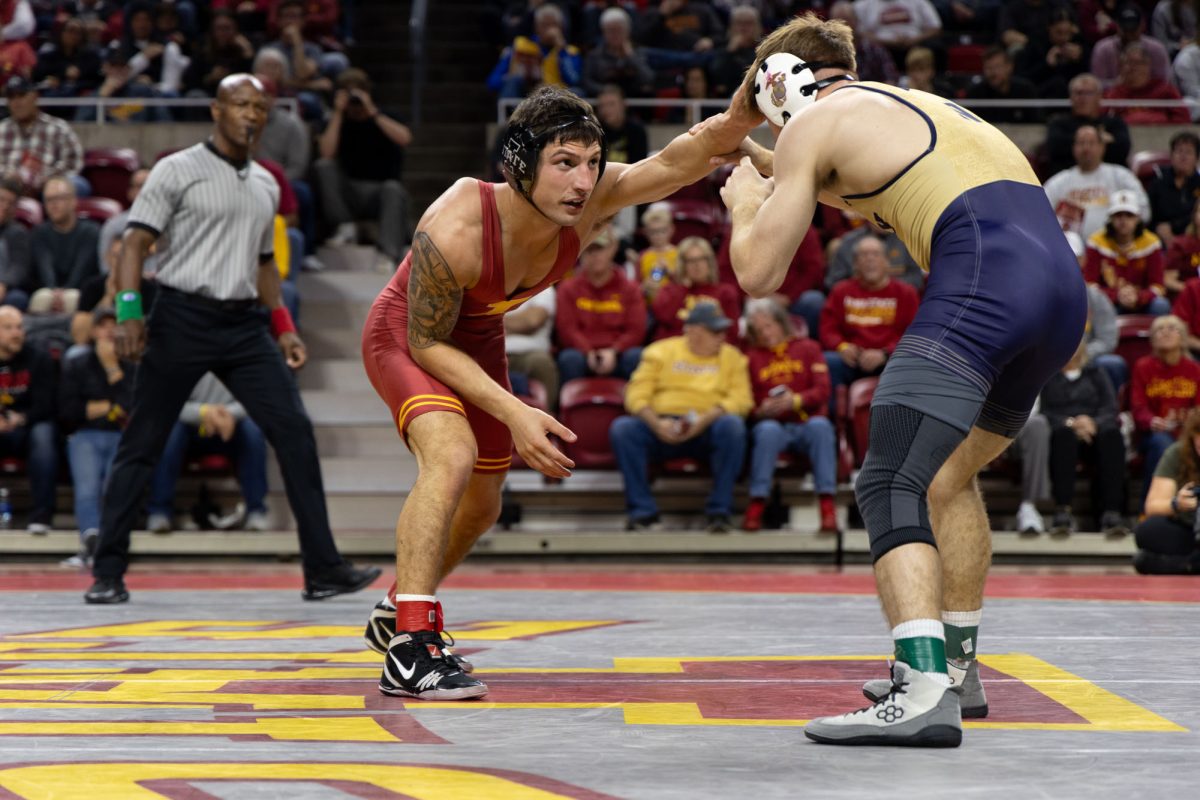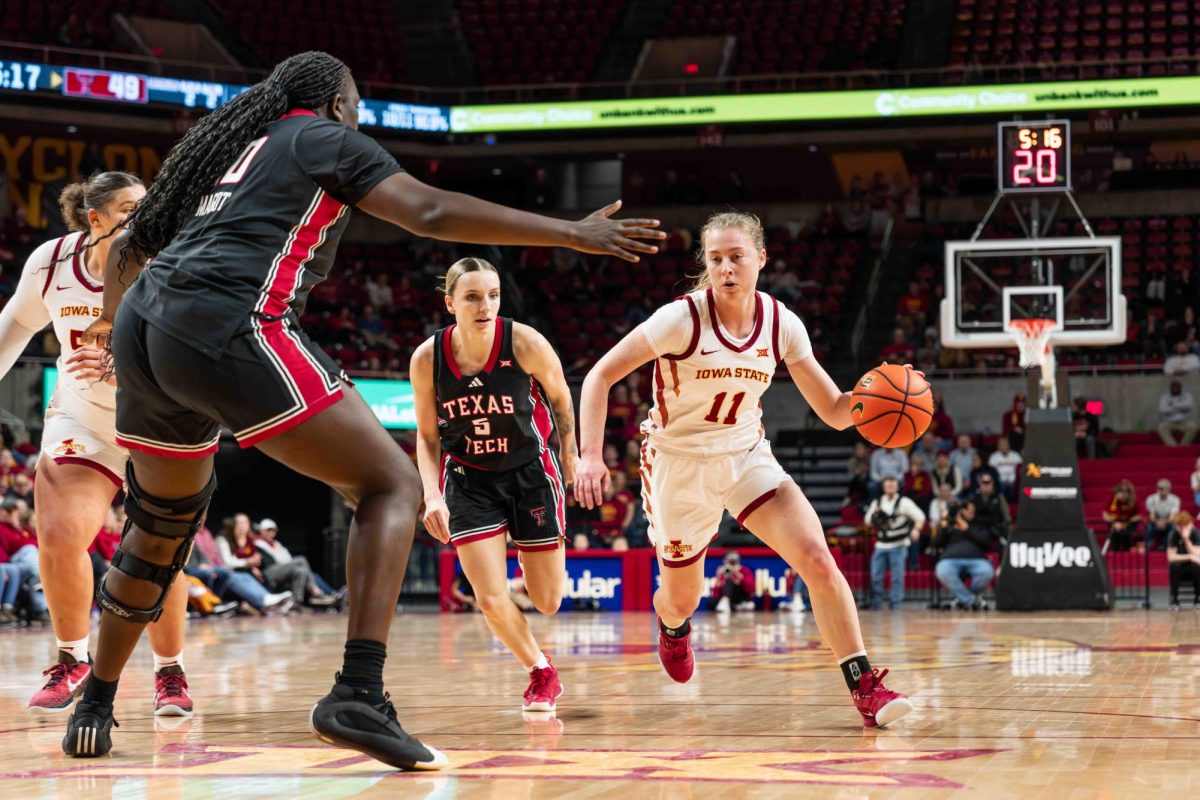Iowa State below average in poorer student access
February 25, 2005
Iowa State nears the bottom of the list in both the state of Iowa and the nation regarding enrollment of low-income students.
Figures from Postsecondary Education Opportunity — a nonprofit, nonpartisan organization concerned with access to education — indicate a low percentage of low-income students are enrolled at Iowa’s three public universities compared to other national public universities.
Iowa State is ranked 53 of 58 Iowa institutions that offer students Pell Grants, according to the Pell Grant Shares of Undergraduate Enrollments in Iowa Postsecondary Institutions study released by the PEO. This data was presented earlier this year to ISU President Gregory Geoffroy, the provost’s office and the Board of Regents.
Tom Mortenson, PEO higher education policy analyst, said these numbers show it is becoming harder for low-income students to have access to higher education at Iowa’s universities.
Mortenson, a senior scholar in the Pell Institute for the Study of Opportunity in Higher Education, has analyzed the percentages of students attending Iowa’s three regent universities. The statistics look at national percentages of students with Pell Grants compared to the percentage of Pell Grant students at Iowa State, University of Iowa and University of Northern Iowa.
“For a land grant institution based on access to education for the common man, I find it horrible that Iowa State is so selective in not admitting many low-income students,” Mortenson said. “I find it difficult to stomach this kind of behavior.”
ISU officials disagree. Thomas Hill, vice president for student affairs, said in an e-mail message that 58 percent of Iowa undergraduates enrolled at Iowa State for 2003-04 received need-based financial aid.
He said the university provides a portion of tuition revenue back to the students in the form of student financial aid.
Hill said data provided by the PEO indicates Iowa State enrolls more Pell Grant recipients than any other Iowa public or private institution — Iowa State enrolled nearly 2,000 more students in 2002-03 than Iowa or Northern Iowa. But according to the Pell Grant study, the amount of students who received Pell Grants in 1992 was 33.1 percent — now it is 23.7 percent.
According to data from the Coordinating Commission for Postsecondary Education and the U.S. Department of Education, 58,868 students in the state of Iowa received Pell Grants during the 2003-04 school year, averaging about $2,281 per student.
A bill proposing to raise admission requirements is before the Iowa Senate Education Committee. The bill proposes the Board of Regents and the Department of Education conduct a study to weigh the advantages and disadvantages of instituting higher admission standards for Iowa’s three public universities.
Mortenson said he has seen no support from the government in aiding low-income students’ access to education since tuition increases started in 1998.
“Nobody at the state level has taken responsibility for covering tuition increases for low-income students,” Mortenson said. “They have shifted the costs in an insensitive way to students and their families.”
Marc Harding, director of admissions, said the admissions process at Iowa State is “need-blind,” which ensures the fairness of the admissions process.
“That is a process that is endorsed by the National Association for College Admission Counseling — the organization that provides the ethical guidelines for our profession,” Harding said.
Harding said most admissions applications do not ask about a prospective student’s or his or her family’s income.
“That is basically so colleges and universities don’t discriminate against students,” Harding said. “The bottom line is that Iowa State does not block low-income students from being offered admission, as far as the admissions process is concerned.”
Roberta Johnson, director of financial aid, said the admissions process has nothing to do with the income of students.
“We never know how many low-income students will apply,” Johnson said. “But if they qualify for a Pell Grant, they qualify for a Pell Grant.”
According to a statement by Barbara Boose, communications specialist for the Board of Regents, the board has many ways of making education accessible to all students.
The board requires a minimum of 15 percent of tuition revenues to be set aside by each of the three universities to help students with financial need.






